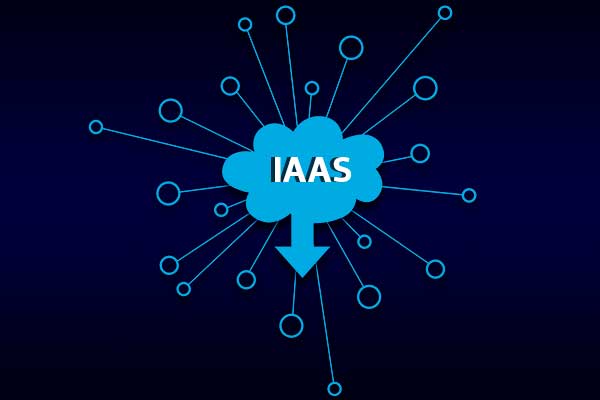Cloud computing is one of the hottest topics for businesses as the various forms of cloud computing has allowed firms of every size and industry to grow and capitalize on the benefits of cloud computing. Cloud computing was considered to be a very costly choice among small and medium sized business but with the evolution of cloud computing and its widening of implementation, it soon became a new normal for businesses of every size and industry. Now, none of the modern day businesses can imagine running their business without cloud computing solution and most of enterprise workload is now moving to the cloud platform.
From cloud storage to cloud hosting like QuickBooks on the cloud, there are various uses of cloud computing solution. But if you are thinking that cloud computing is completely new concept then you are mistaken as cloud computing is in existence from 90’s but it took it several years to shape into the form in which we witness it today. But in this blog post, we are going to talk about the different models of cloud computing which are Infrastructure as a Service, Software as a Service and Platform as a Service. Each of these platforms have their own benefits and variations and that’s why there is not perfect cloud model.
In order to choose the best platform, you will have to understand the difference between them and that is what we are going to do in this article.

Software as a Service (SaaS)
Cloud application service or what is popularly known as Software as a Service represents the biggest cloud market and it is still growing at a very fast pace. In this popular cloud model, the web is used to deliver applications that are managed by a third party vendor. The interface, in this case is accessed from the client’s end while the cloud is managed by the third party vendor. You should know that most of the SaaS vendors can be run from a web browser directly and the user doesn’t need to download or install the application. You may need to download some of the plugins but it is not necessary in all the cases.
The web model delivery in SaaS wipes out the need of installing and downloading the software on the individual computer and the user is able to work on the application through the web browser. With the help of SaaS, it becomes very easy for a firm to streamline their maintenance and support because in this popular cloud model, most of the things are managed by the cloud vendor which frees up time of the employees at the firm.
Platform as a Service (PaaS)
The cloud platform service or Platform as a Service is used for applications and other development while providing cloud components to application. With the help of PaaS, the developers are able to take advantage of a framework on which they can build upon to develop or customize applications. Through PaaS, the developers are able to boost the speed of test and development while making the process cost-effective. You should know that the enterprise PaaS can be delivered through a hybrid model that uses both public IaaS and on-premise infrastructure.
The way, in which you create macros in Excel, in the same way, you are able to build applications using software components that are built into the PaaS. All the application built on PaaS come with cloud characteristics like high uptime, scalability, multi-tenancy. One of the best benefits of PaaS model is that it wipes out the need of coding and along with this it also automates the business process.
Infrastructure as a Service
This is a self-service cloud model through which a remote data center infrastructure is accessed. Monitored and managed. The remote data center infrastructure includes storage, networking, and networking services. So the user doesn’t need to purchase hardware because through IaaS, users are able to harness the advantage of pay as you go model just like electricity bills.
Unlike PaaS and SaaS, in IaaS, the user needs to manage application, uptime, data, middleware, and OSes. The IaaS provider is still responsible for managing virtualizations, servers, hard drive, storage and networking. But nowadays, there are many providers that database, messaging queues, and different services along with the virtualization. You should know that if a user is using the IaaS model and new version of his application arrives then the user is responsible for updating the application not the service provider. Some of the most common examples of IaaS model are Amazon Web Services, Microsoft Azure and Joyent.
All three models of cloud computing are unique in their own way. Some model offers you cost-effectivness while the other boosts your speed. So, a firm should always choose cloud model on the basis of its need and requirement.
